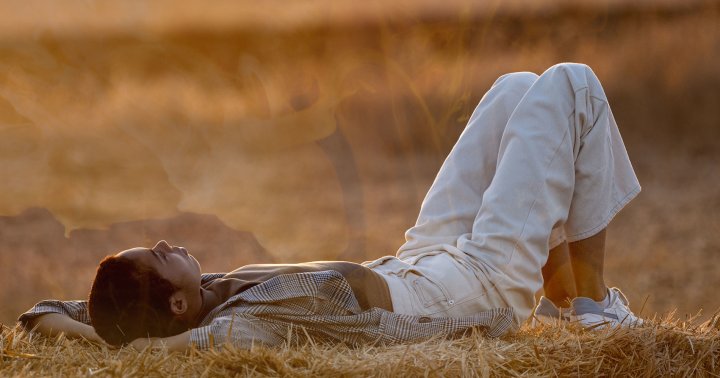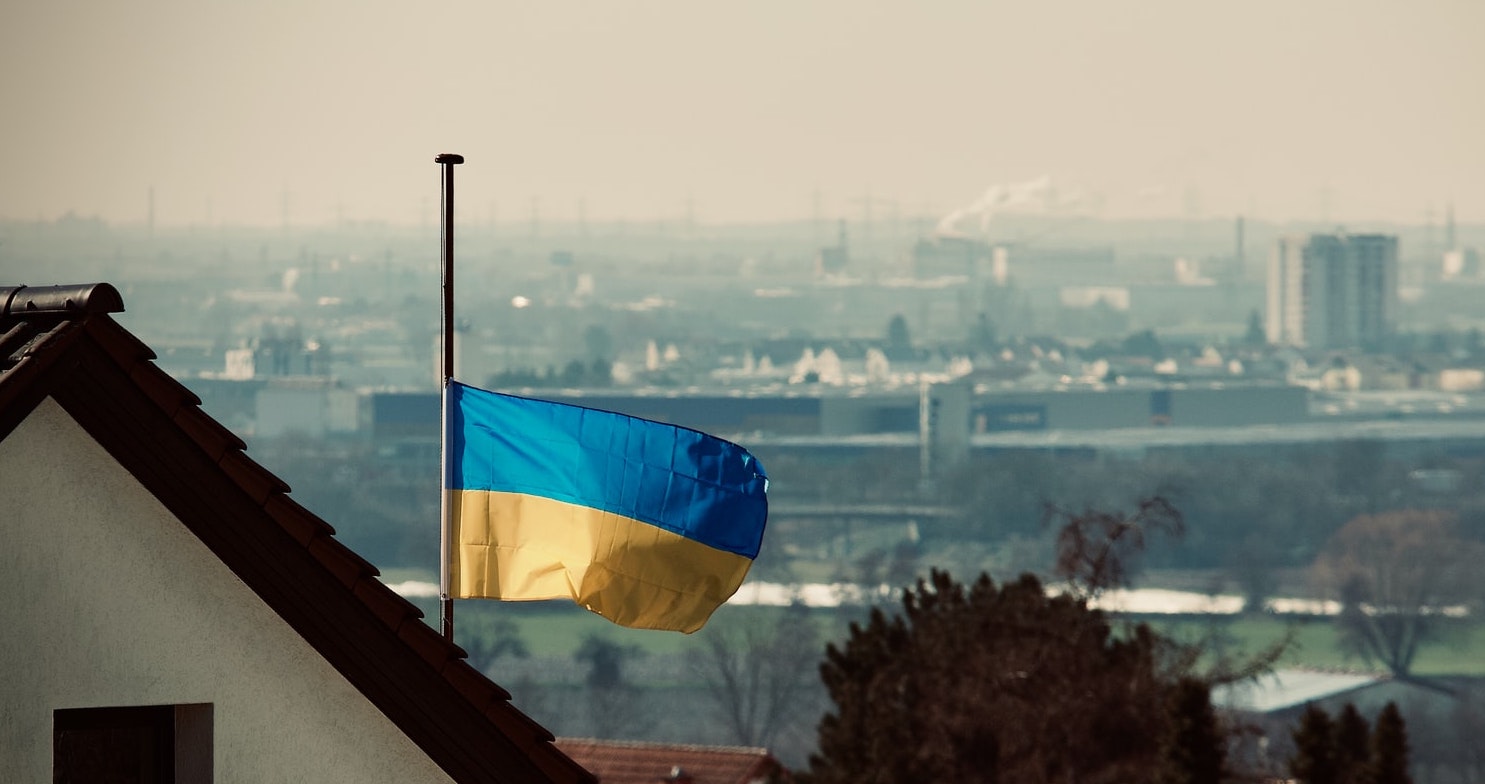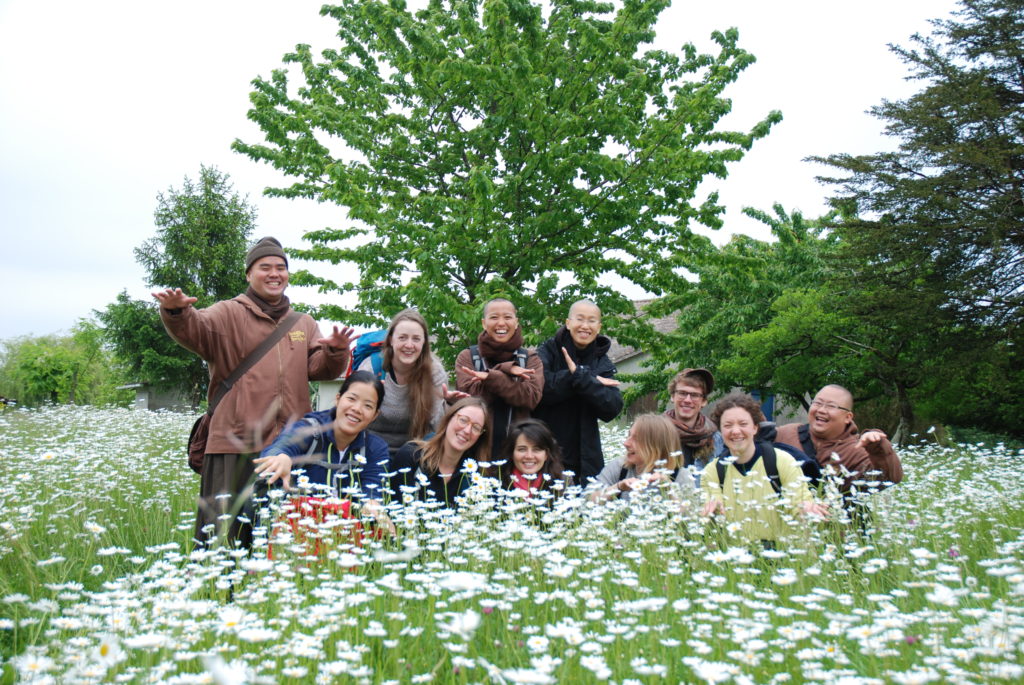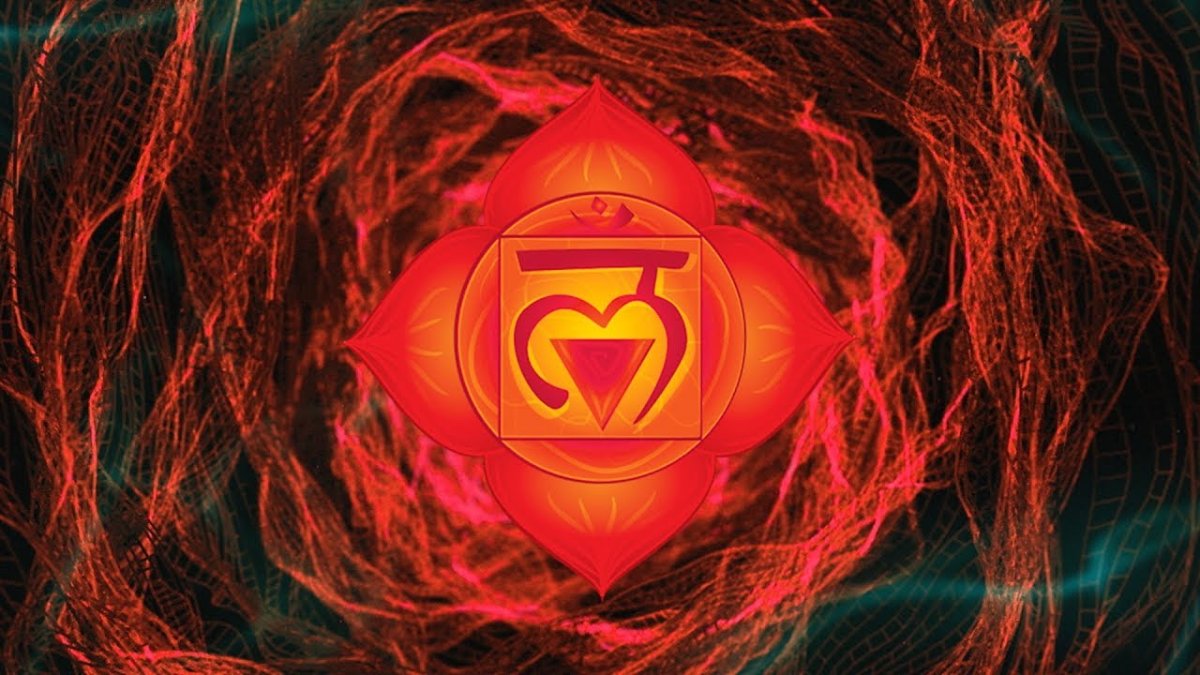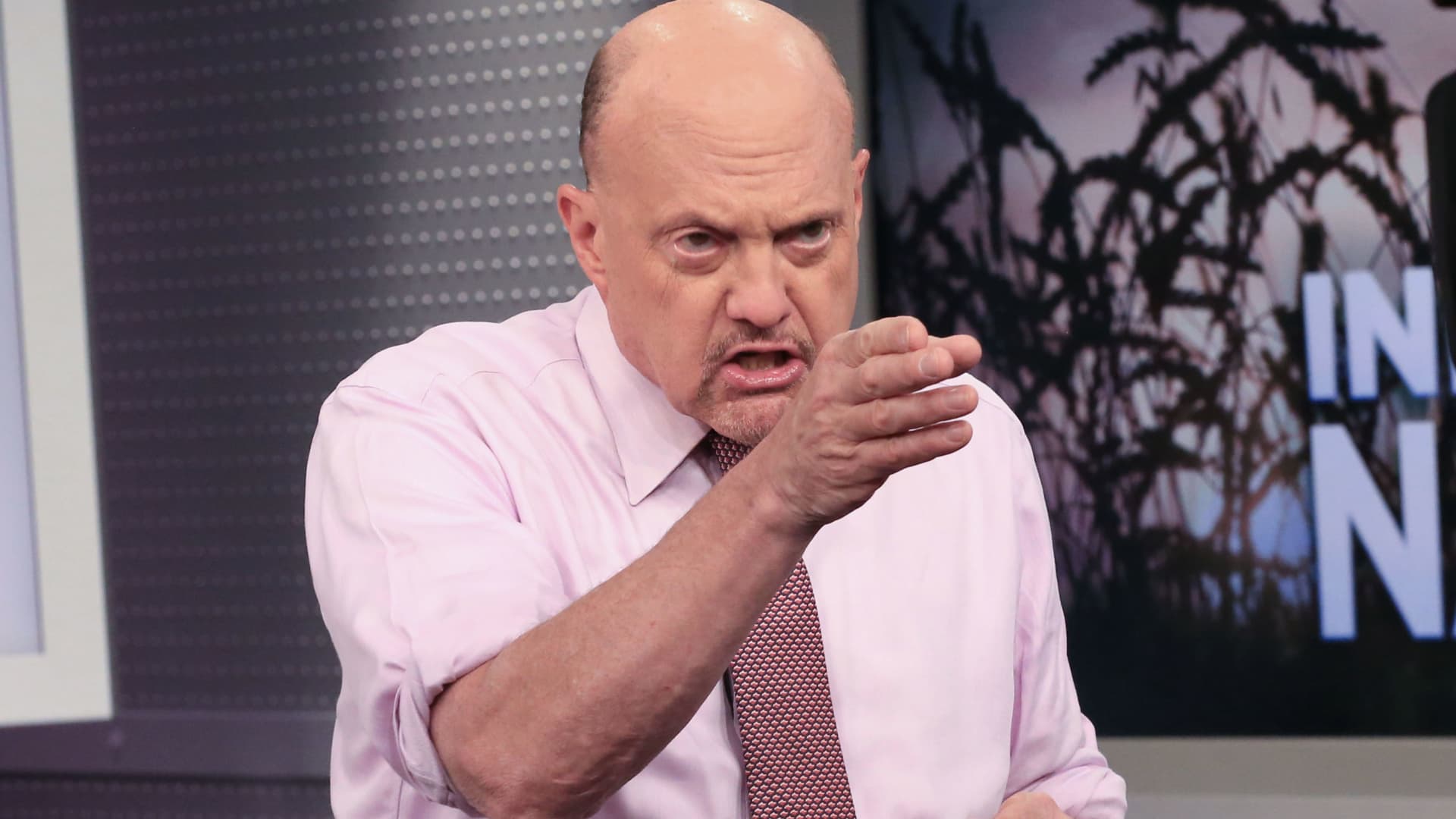Maha Vairocana the Buddha of the Multiverse — Buddha of the 1000 Universes, Buddha of Every Reality, Buddha of Light — Includes full chapter with “all mantras of all Buddhas”
Long before Dr. Strange and well before Quantum Physics was even a “concept”, the Buddha of the vast Multiverse was Maha Vairochana (Mahavairocana). Two thousand years (or so) before the theories of Quantum Mechanics — and well before Marvel...

Long before Dr. Strange and well before Quantum Physics was even a “concept”, the Buddha of the vast Multiverse was Maha Vairochana (Mahavairocana). Two thousand years (or so) before the theories of Quantum Mechanics — and well before Marvel comics — Vairochana already ruled over the Multiverse.
In the Mahavairocana Sutra, he describes his emanations — Shakyamuni in our world system — being born as Buddhas to countless worlds existing in parallel, where time is not linear and all things are possible. Dr. Strange would have been lost in Vairochana’s vast multiverse!
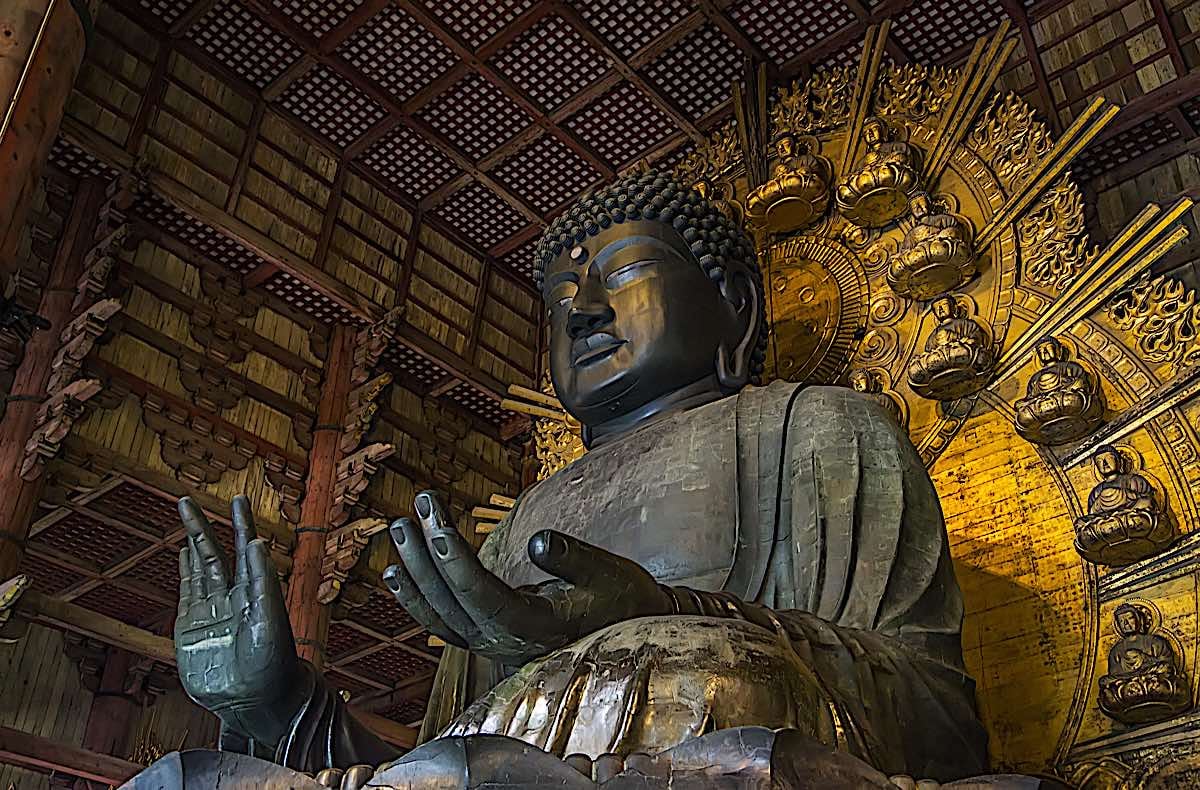
The great Buddha Diabutsu Mahavairocana at Todaiji in Japan.
The thousand petals of Vairochana’s appearing in statues and paintings of his lotus throne represent the 1000 dimensions and worlds that Shakyamuni Buddha was born into in our time — literally, the Multiverse. Parallel to the Conqueror’s birth and Enlightenme. [See below.] Vairochana wasn’t just the Buddha of the Multiverses — he is the essence of the Metaverses, and more.
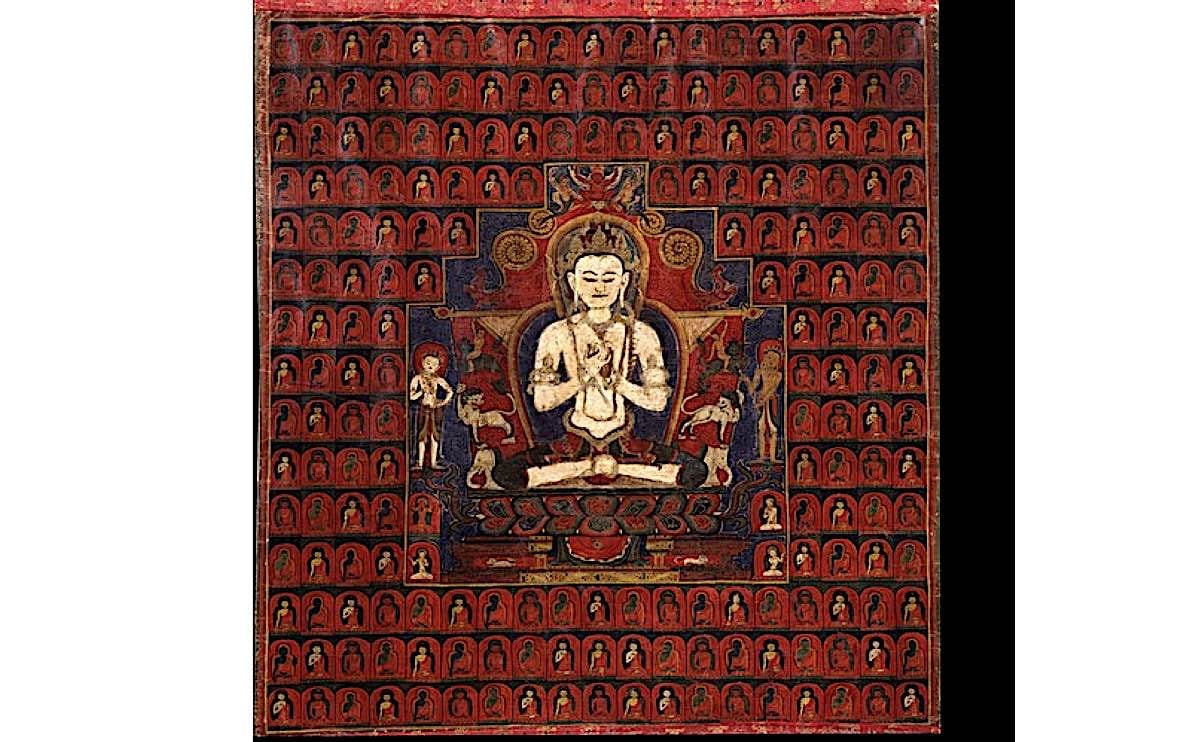
A very old thangka of Vairochana (note the Dharmachakra Wheel Turning Mudra of the hand gesture) surrounded by the 1000 Buddhas forms. In Sutra, he is said to emanate in 1000 froms — as Buddha in our wolrd — to 1000 worlds and dimensions — the Buddha of the entire Multiverse. Himalayanart.org.
Buddha born 1000 times in a 1000 reality Multiverse
Shakyamuni was not just born to save the Earth — but countless other worlds and universes at the same time. All of these 1000-plus emanations are none other than body-emanation aspects of Vairochana Buddha. He is the Buddha Lord of the Buddha (Tathagatha) Family in the center of the Universal mandala of Buddha Families, surrounded by Amitabha, Akshobya, Ratnasambahava and Amoghisiddhi.
To demonstrate his Dharmachakra aspect, it is Vairochana who appears over the head of Chakrasamvara and Vajrayogini — the highest of the high in Tantric practices.
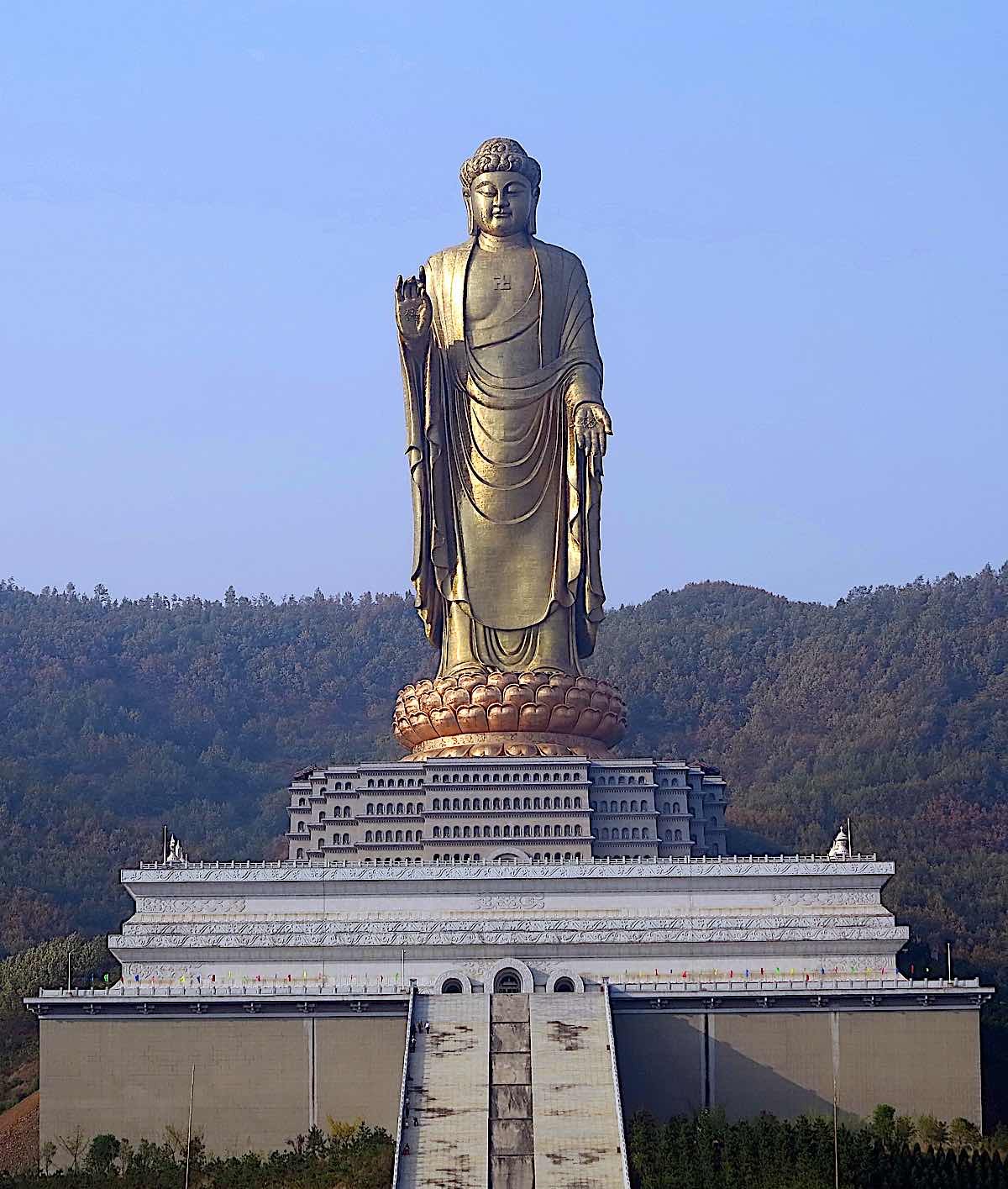
Vairocana Buddha: the Spring Temple Buddha, a colossal statue of Vairocana, in Lushan County, Henan, China. It has a total height of 153 meters (502 ft), including the 25 meter (82 ft) lotus throne. The lotus throne, symbolically 1000 petals, represents Vairocana’s 1000 emanations as Buddhas to 1000 worlds and dimensions. One of these 1000 was Shakyamuni, who emanated to our world. Credit: By Nyx Ning, CC BY-SA 3.0, https://commons.wikimedia.org/w/index.php?curid=79995059
Just to make his multiversal persona even more “Quantum” he is the root of all the manifestations, including those of Vajrasattva, the Dyani Buddhas and most of the aspects of Enlightenment. He is the “Buddha of Light” and is visualized as made up of all the photons and particles of the entire Universe. Even his best-known mantra is called the “Mantra of Light” [See below.]
The Buddha of the Buddhas
The Buddha of the Buddhas is the Dharmakaya Buddha Vairochana. More specifically, he is the Dharmakaya of Shakyamuni Budddha — and all of Shakyamuni Buddha’s other manifestations (which are countless — [remember the multiverse!]). Although in the ultimate reality of Shunyata, all Buddhas are Oneness, Darmakaya transcends (or unites) all. This is why Vairocahana as Dharmakaya Buddha can be conflated with the term Adi-Buddha for reasons of non-concept — and that is not an incorrect confusion.
The Dharmakaya Buddha (in most traditions, although names vary) is Vairochana, but the Adi-Buddha — the primordial Buddha — in some traditions is Vajradhara (Sarma traditions) or Samantabadhra (Nyingma) — but those concepts are slightly different — although not so different as to matter in the overall non-conceptuality of Dharmakaya. Ultimately, they are all Oneness in the Dharmakaya. In some Shingon Buddhists for example, Amida (Amitabha) is not separate from Vairocana.
Visible Mantra (the website) does a wonderful job of summarizing the different conceptions of the non-conceptual Buddha Vairocana by traditions:
“Vairocana is the white Buddha at the centre of the Mandala. He features in Carya and Yoga class tantras. In the Shingon school he is considered to be a personification of the Dharmakāya and is usually refered to as Mahāvairocana (Dainichi Nyorai, 大日如来) – a name which comes from the Mahāvairocana Abhisaṃbodhi Tantra. Tantric discourses are traditionally said to be have been taught by Mahāvairocana rather than the historical Buddha Śakyamuni.
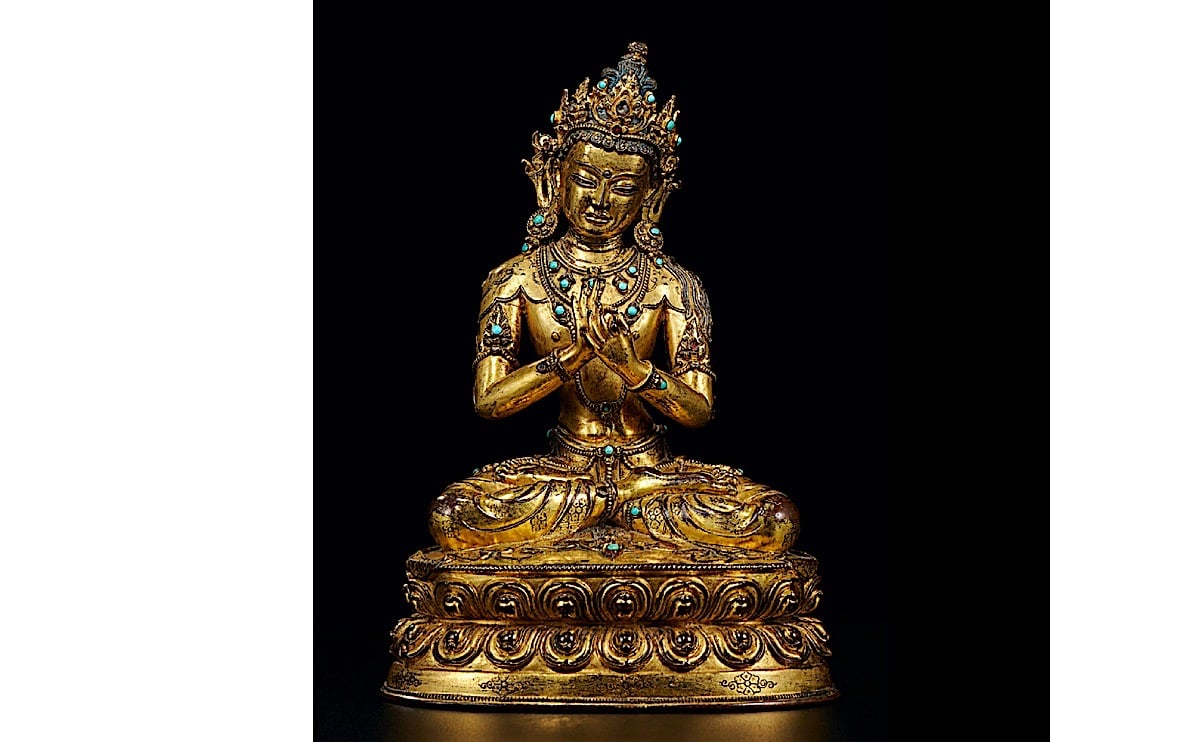
Traditional Vairocana peaceful with one face with hands held in the distinctive Dharmacakra (or Wheel-Turning) Mudra. Himilayan Art.
The image shown (see above) is a kind of generic Vairocana depicted in bhikṣu’s robes with his hands in the Dharmacakra, or Wheel turning mudra – which alludes to his teaching of the Dharma which is poetically referred to as “turning the wheel of the Dharma”.
Shingon recognises two main forms of Mahāvairocana: in the Garbhadhatu mandala he is golden in colour, has one face and displays the dhyana mudra with a golden dharmacakra sitting in his hands; in the Vajradhatu mandala he is white in colour, has four faces and displays the Bodhyagrī mudra.”
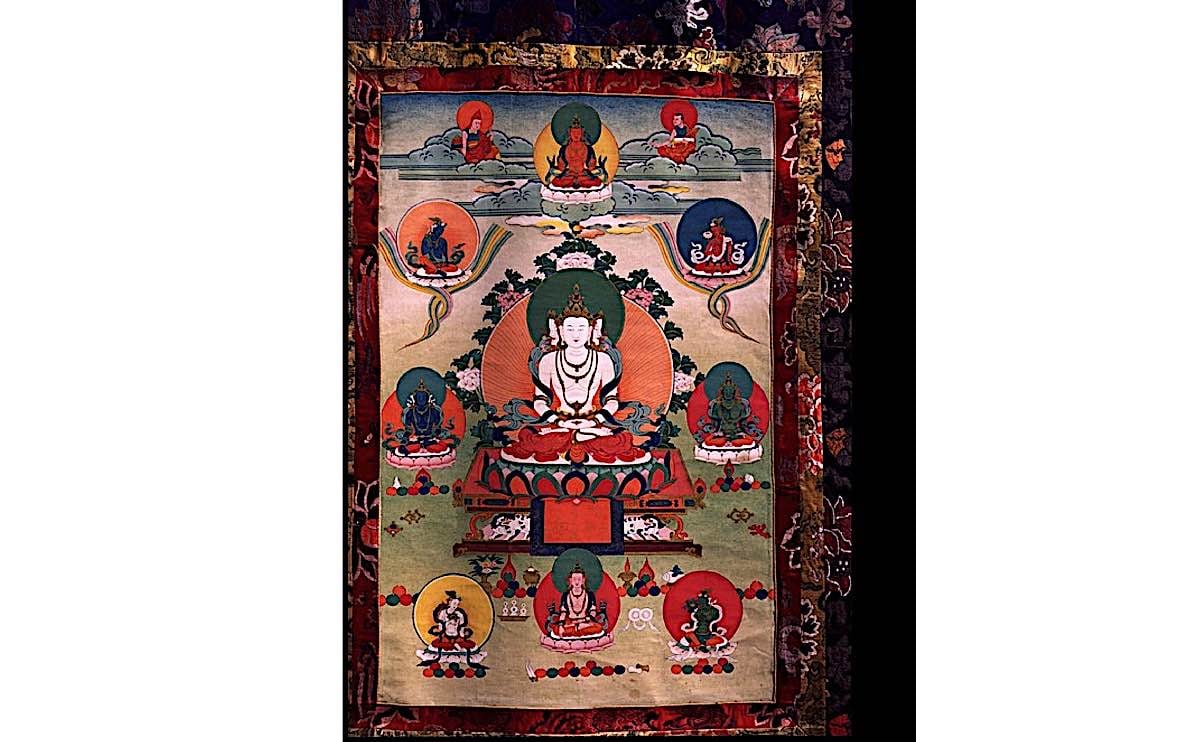
Maha Vairocana in his four faced form.
Amida and Vairocana Are Not Different?
So, back to the Multiverse. James Sanford writes:
“There is the realization that Amida is the Dharmakaya Buddha, Vairocana; then there is the realization that Amida as Vairocana is eternally manifest within this universe of time and space; and finally there is the innermost realization that Amida is the true nature, material and spiritual, of all beings, that he is ‘the omnivalent wisdom-body, that he is the unborn, unmanifest, unchanging reality that rests quietly at the core of all phenomena”[3]
This is somewhat reinforced, too, in Tibetan tradition, where Amitabha’s name is translated as Buddha of Infinite Light and Vairocana is Buddha of Light. Amitabha’s light is the red warmth of the setting sun, and Vairocana’s light is the light of the Universe.
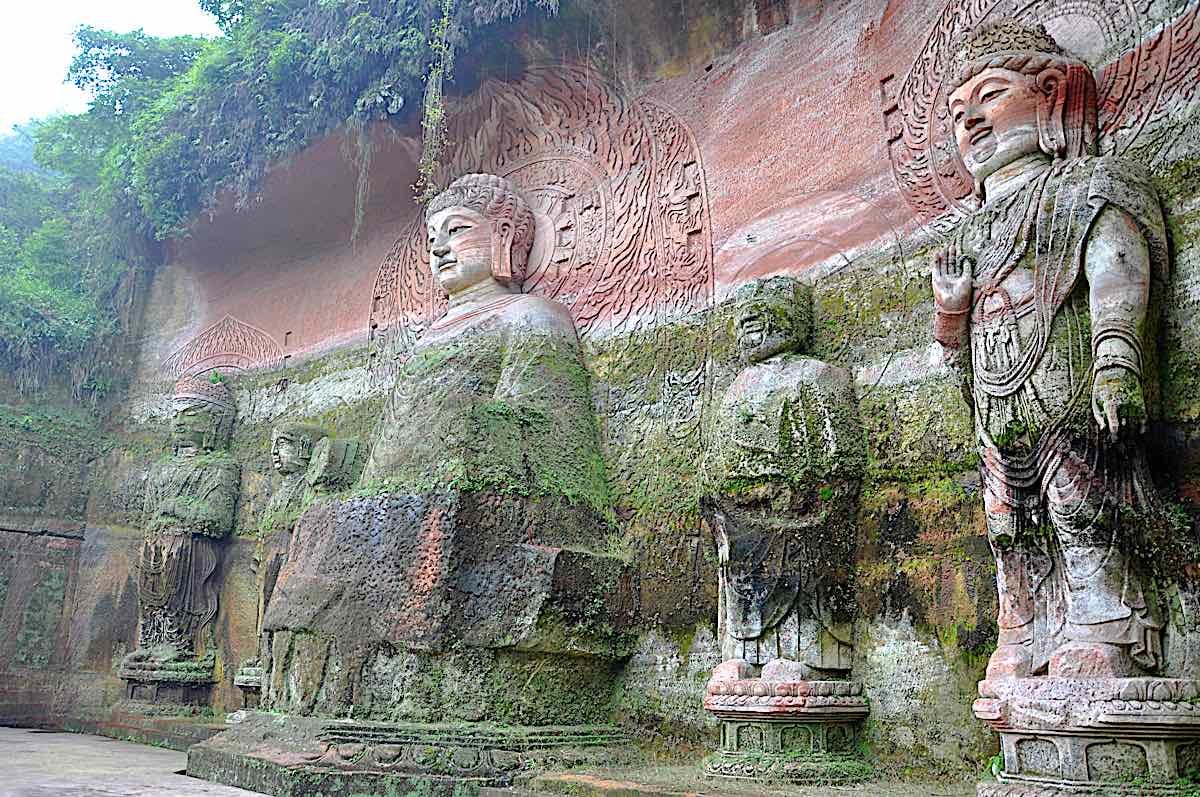
Vairocana Buddha in the cave in Leshan China.
Dainichikyo: Vairocana
In Quantum terms, Vairocana goes beyond these concepts — even in the ancient sutras. In a commentary on the Mahavairocana Sutra Helen Hardacre, writes that Mahavairocana is immanently universal within all beings: “The principle doctrine of the Dainichikyo is that all the virtues of Dainichi (Mahāvairocana) are inherent in us and in all sentient beings.” [4]
It is for this reason we call him the “Buddha of the Buddhas” and his main Sutra is called the “King of all Tantras and Sutras.” This text is the Mahavairocana Sutra — the complete teaching from Vairochana to the powerful Bodhisattva Vajrapani. This sutra is the go-to text for anything to do with Mantra, Mandala and Tantra.
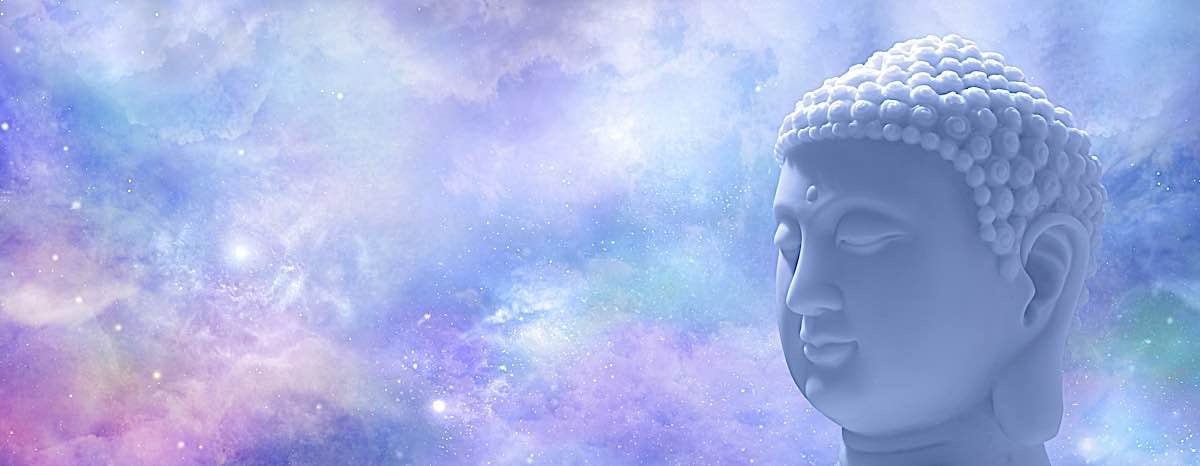
Adi Buddhas
Not all traditions use Vairochana as the name of the Adi Buddha, which ultimately “doesn’t matter” since the concept of Adi-Buddha is “allness” and “oneness” and “boundlessness” and “Dharmakaya-ness” — so names and labels are irrelevant.
Ultimately, Adi Buddha is an oxymoron when it comes to labeling the ultimate reality of Buddhas — for no other reason than we cannot see the true nature of reality — which is, in fact, the purpose of Tantra [see below.] However, for simplicity, we’ll follow the tradition of the Mahavairocana Sutra, and use Vairocana (pronounced Vairochana) as the Buddha of all the Buddhas. That does not mean that Vajradhara and Samatabadhra are not the Adi-Buddha. They’re all, ultimately labels.

Vajradhara is an Adi-Buddha in the Gelug tradition. All are concepts or aspects of the same primordial Buddha or Damarkaya aspects of Buddha. Mahavairocahan in many eastern traditions is the primordial or all-essence Buddha — but is white. Vajradhara and Samantabadhra are similar energies, although usually depicted in deep black or deep blue to represent the Dharmakaya. Mahavairochana, likewise, is the Dharmakaya aspect of Buddha. These are labels for vast concepts.
Ādi-Buddha (Tibetan: དང་པོའི་སངས་རྒྱས།, Wylie: dang po’i sangs rgyas, THL: Dangpö Sanggyé) is the “First Buddha” or the “Primordial Buddha” in Indo-Tibetan Vajrayana Buddhism. In the tantras such as the Guhyagarbha Tantra, he is considered to be identical with Shunyata and Samantabhadra.[1] He can also be a yidam; in that form he appears in Tibetan Buddhist mandalas such as the Kalachakra mandala where he is positioned at the center of the mandala.
Likewise, in some traditions the Adi Buddha is called Vajradhara or Samatabadhra, and occasionally Vajrasattva. Ultimately, they are all Vairocana as well, since they are all Dharmakaya Buddha — the source of All Buddhas. The 1000 emanations of Shakyamuni Buddha that were born into our current Samsaric cycle to the 1000 worlds and dimensions are all aspects of Vairochana.

The giant Vairocana (left) along with Bodhisattvas carved into the Buddha Grotto in Longmen Louyang China.
Why We Practice Tantra
It is in the Mahavairocana Sutra that we are taught — by none other than Vairocana in answer to Vajrapani Bodhisattva’s questions — the true purpose of Tantra, mantra and mandala.
Tantra — as a Vajrayana visualization method — is a practice that can take us to glimpses of the highest levels of reality — step-by-step, possibly, in one lifetime. It can take us beyond space and time to the level of Pure Being or Dharmakaya. The real key to Tantric practice is visualization and mantra recitation. We need to be able to see beyond the physical world in order to understand the true nature of reality.
This is why Vairochana Buddha is so important. He is the Buddha of Light, and by understanding and connecting with him, we can begin to see things as they really are — which is what we need to do in order to progress on the spiritual path. It is also Vairocana who first taught these methods. The root — or at least the clearest dissertation on tantric methods — can be found in the Mahavairocana Sutra.
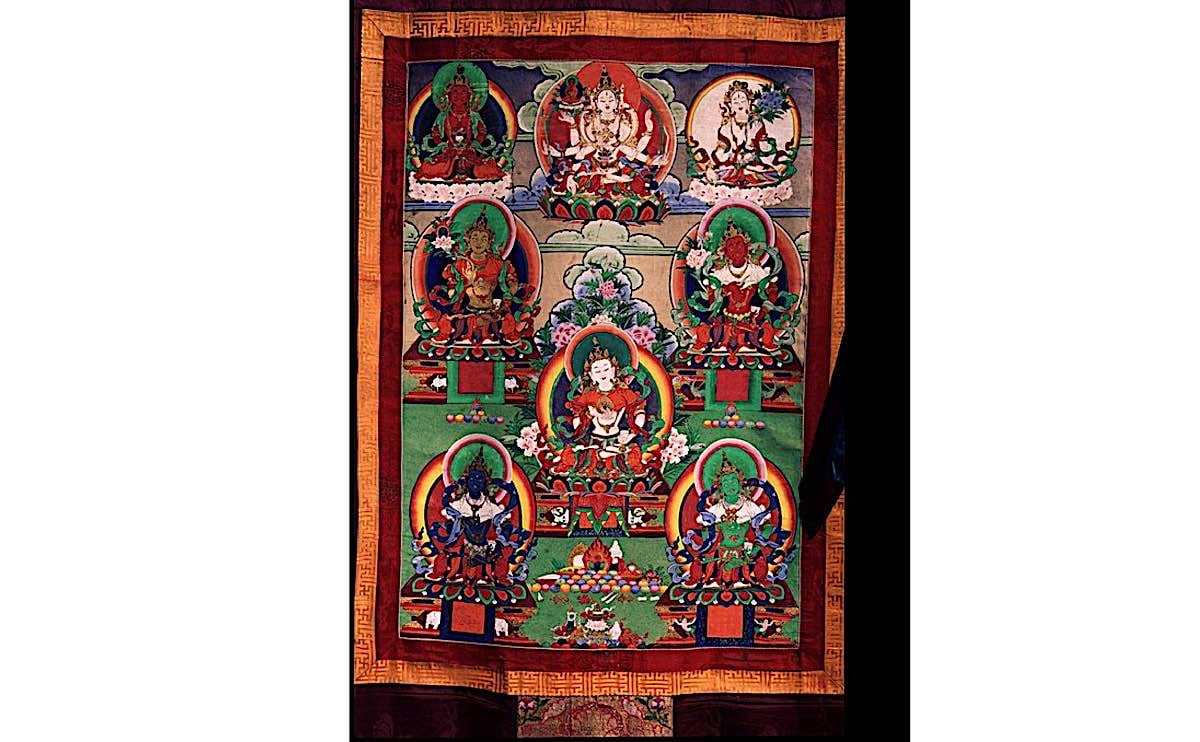
Vairocana in most Tantric practices is visualized in the center (occasionally in the east, switching with Blue Akshobya.) Vairocana is white, and the head of the Buddha Family, the central Buddha. Blue is Akshobya Buddha in the east. Ratnasambhava to the East is yellow for the Ratna family. Red Amitabha is famously in the west, head of the Padma family. Amoghisiddhi is green in the North. On the top of this Thanka are the three “Long Life” Buddhas, Amitayus (a form of Amitabha for long life), Ushnisha Vijaya, and White Tara.
The Mantra of Light
One of the best-known mantras from this Sutra is the “Mantra of Light”, which is also known as the “Vairochana Abhisheka Mantra”. This mantra is said to be the most powerful mantra in existence, and it is said that just by chanting it, we can connect with the Buddha of Light and begin to see things as they really are.
This mantra can be chanted aloud or silently, and it can be chanted as many times as you like. It is a good idea to start with 108 repetitions, but you can do more or less as you feel comfortable.
You can also chant this mantra while visualizing Vairochana Buddha in front of you. Visualize him as a being of pure light, and imagine that his light is entering into your body and mind and purifying them. [For a full visualization, see below.]
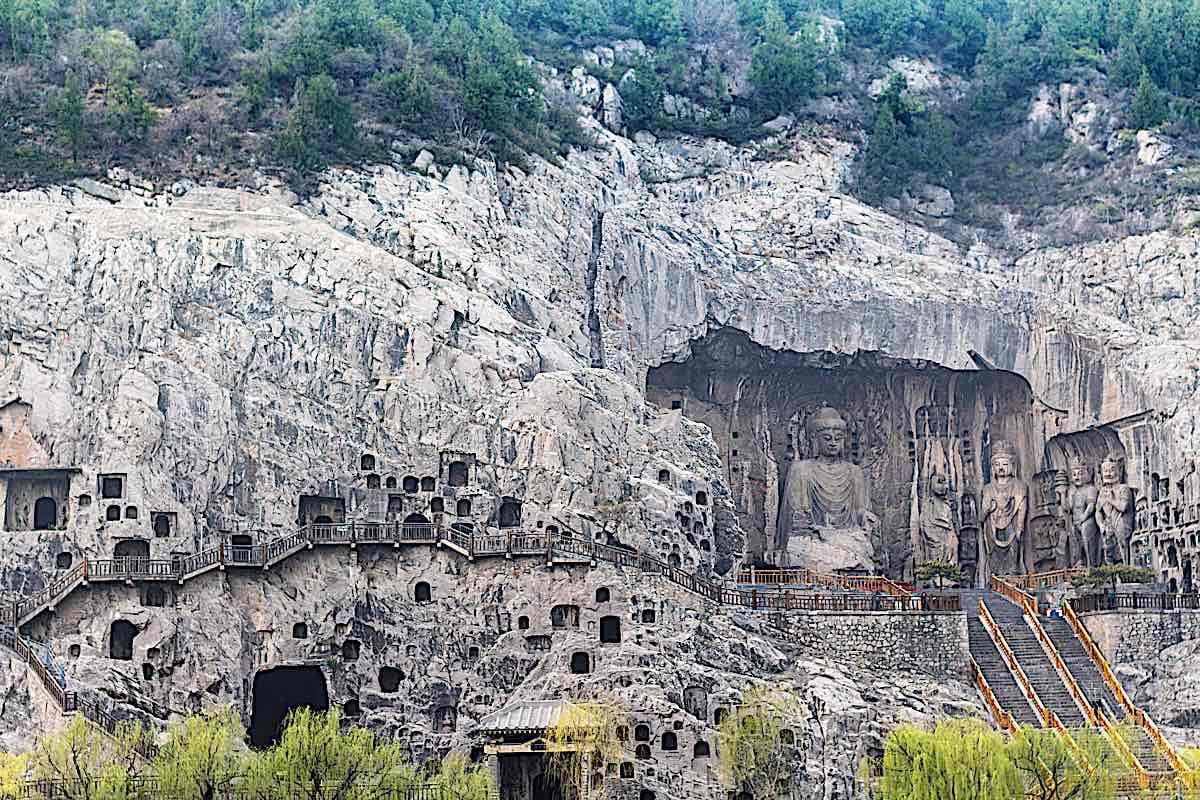
A spectacular view of the famous Vairocana Buddha on the west hill Longmen Grottoes in China.
Tha Maha Vairocana “Mantra of Light”
The great Maha Mantra of Light is:
Oṃ amogha Vairochana mahāmudra maṇipadma jvāla pravarttaya hūṃ
(Note: It’s spelled Vairocana but pronounced “ch” as in Vairochana — we’re using the “ch” for clarity of pronunciation)
According to Visible Mantra, the Mantra has been translated as
Praise be to the flawless, all-pervasive illumination of the great mudra (the seal of the Buddha). Turn over to me the jewel, lotus, and radiant light – according to Mark Unnoor
Infallible brilliance of the great mudra! Creating the radiance of the Jewel and the Lotus – according to John StevensThe SHORT mantra is:
Oṃ Vairochana Huṃ
In Shingon Buddhism he also has this mantra, which means he is the ruler of the six elements:
A VI RA HUM KHA
Avira Hum Kha
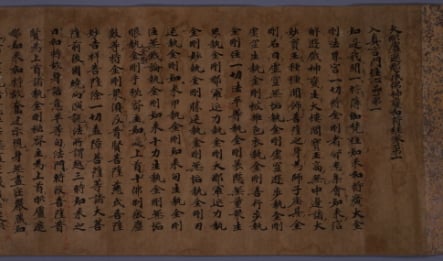
Mahavairocana Sutra.
The Indestructible Sutra of Vairochana
For a student of the Vajrayana, the Indestructible Vehicle of Buddhism, if we could choose one Sutra or Tantra to study for our lifetime, it would inevitably be the “ultimate” teaching of Vairocana Buddha, the Mahāvairocana Sūtra.
The Mahāvairocana Sūtra is the seminal teaching of Esoteric or Tantric Buddhism, offering one of the most complete and fully developed expositions of this form of Buddhism — as taught from the ultimate Dharmakaya aspect of Buddha, to Vajrapani, the Bodhisattva of the Vajra. In most Tantras, it is MahaVairochana Buddha or his emanations Vajradhara, Samantabadra or Shakyamuni who teaches. In this sutra, the Bodhisattva asking the questions of the great Dharmachakra Buddha is none other than great Vajrapani — the power Bodhisattva of all the Buddhas.
The Sutra is more fully known as the
Mahāvairocanābhisaṃbodhivikurvitādhiṣṭhāna-vaipulyasūtrendrarāja-nāma-dharmaparyāya
This is the ultimate go-to teaching on mantra, mandala and tantra generally. It explains why we need this practice — in a nutshell, because we are bound to the attachments of this Samsaric existence and need methods that help us break those binds.
This Sutra not only explains the why of almost everything in Vajrayana, it contains the mantras of virtually every Bodhisattva, Buddha and Enlightened Being. It is, quite literally, the “Indestructible” teaching of Vairochana.
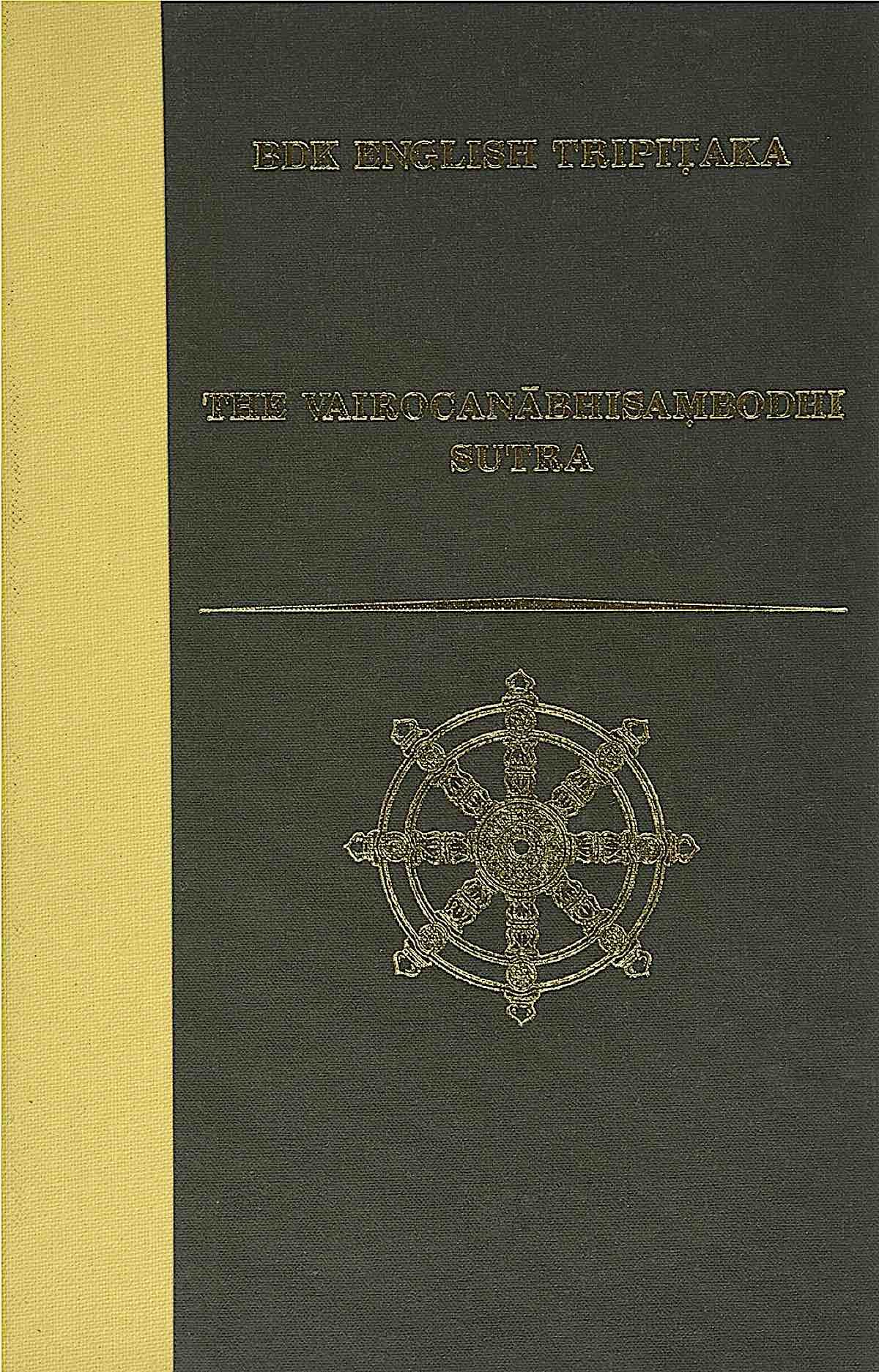
Vairocanabhisambhodhi Sutra hardcover edition on Amazon.
Introducing the Vairocanābhisaṃbodhi-sūtra
In his introduction to his magnificent translation of the Sutra, Rolf W. Giebel, (available here on Amazon: https://amzn.to/3EdRbeV) described what the Sutra covers in its more than 300 pages:
“For the most part, the Vairocanābhisaṃbodhi-sūtra takes the form of a dialogue between Vajrapāṇi and the Buddha Vairocana. Vajrapāṇi begins in Chapter I by asking the Buddha how he obtained “the knowledge of an omniscient one” (sar- vajñajñāna), or perfect enlightenment, and what its cause (hetu), root (mūla), and culmination or final outcome (paryavasāna) are, to which the Buddha replies, “The bodhi-mind (bodhicitta) is its cause, compassion (karuṇā) is its root, and expedient means (upāya) is its culmination.” These three propositions are considered to encapsulate the essence of the entire sutra, and the rest of the Vairocanābhisaṃbodhi-sūtra could be regarded as an elaboration of their various ramifications.”
The sutra, then elaborately describes and teaches the complete principles of mandala, initiation, mantra recitation, mudras (hand gestures) and visualization — in other words all the esoteric methods!

The giant Vairocana along with Bodhisattvas carved into the Buddha Grotto in Longmen Louyang China.
A Maha Sutra — a great, complete esoteric teaching
Like Lotus Sutra and other “Maha” Sutras, this is a complete cycle of teachings — complete in every respect, nothing left out. Vajrapani asks — and Vairochana answers — on many topics:
Fascicle One: Stations of the mind When Entering the Mantra Gateway Full Accoutrements and Mantras for Entering the Mandala Fascicle Two: The Quelling of Obstacles The Treasury of Mantras in Common Use Fascicle Three: Mundane Accomplishment Manifestations of Siddhi Accomplishing of Siddhi Mandala Practices for the Revolving Wheel of Letters Fascicle Four Mystic Seals Fascicle Five Wheel of Letters Secret of Mandala Ritual for Entering the Secret Mandala Entry to the Station of Secret Mandala The Eight Secret Seals Prohibitory Precepts for Reciting Vidyas True Knowledge of the Acarya The Allocation of Letters Fascicle Six Receiving the Code of Training with Expedient Means The Exposition of the Arising of the Hundred Letters Intercorrespondence with the Fruit of the Hundred Letters The Accomplishment of the Station of the Hundred Letters Recitation for the Accomplishment of the Hundred Letters The Mantra Method for the Hundred Letters The Exposition of the Nature of Bodhi The Three Samayas The Exposition of “Tathāgata” The Mundane and Supramundane Homa Rituals The Exposition of Deity Samādhi The Exposition of Samādhi without Characteristics Mundane and Supramundane Recitation The Entrustment Fascicle Seven The Code of Training for Mantra Practice among the Procedural Rules for Devotion The Increasing and Guarding of Pure Conduct The Devotional Ritual The Rules for Recitation Mantra Deeds
Famous statue of Vairocana, the Great Buddha, at Todai-ji Temple Nara, Japan (right).
Example Chapter: A Treasury of Mantras
From the most excellent translation by Rolf W. Giebel (linked below in Amazon for the full book!)
Chapter IV — A Treasury of Mantras in Common Use
Thereupon the vajradharas, with the Lord of Mysteries at their head, and the host of bodhisattvas, with Samantabhadra at their head, bowed down to the Buddha Vairocana and, out of a desire to expound in this great king of maṇḍalas “Born of the Matrix of Great Compassion” the Dharma-phrases of their mantras, [each] in accordance with the pure gateway to the Dharma realm that they had mastered, they appealed each in his own words to the World-honored One [for permission to do so]. Then the World-honored One empowered them with the indestructible nature of dharmas and addressed the vajradharas and bodhisattvas, saying, “Good sirs, you should expound, in accordance with the Dharma realm as you have mastered it, those for- mulae of truth that cleanse the realms of beings!”
Then the bodhisattva Samantabhadra promptly dwelled in the samādhi “Adornment of the Buddha’s Sphere” and uttered the mantra of unobstructed strength: Namaḥ samantabuddhānāṃ, samatānugata virajadharmanirjāta mahāmaha svāhā. (Homage to all Buddhas! O you who have attained equal- ity! you who are born of the unsoiled Dharma! great among the great! svāhā!) [21]
Then the bodhisattva Maitreya dwelled in the samādhi “Generation of Universal Great Benevolence” and uttered his own heart-mantra: Namaḥ samantabuddhānāṃ, ajitaṃjaya sarvasattvāśayānugata svāhā. (Homage to all Buddhas! O you who vanquish the unvanquished! you who follow the inclinations of all beings! svāhā!) [22]
Then the bodhisattva Ākāśagarbha entered the samādhi “Sphere of Purity” and uttered his own heart-mantra: Namaḥ samantabuddhānāṃ, ākāśasamatānugata vicitrāmbaradhara svāhā. (Homage to all Buddhas! O you who have attained equality with space! you who wear a many-colored raiment! svāhā!) [23]
Then the bodhisattva Sarvanīvaraṇaviṣkambhin entered the samādhi “Power of Compassion” and uttered [this] mantra: Namaḥ samantabud- dhānāṃ, āḥ sattvahitābhyudgata traṃ traṃ raṃ raṃ svāhā. (Homage to all Buddhas! Āḥ! O you who have arisen for the weal of beings! traṃ traṃ raṃ raṃ! svāhā!)41 [24]
Then the bodhisattva Avalokiteśvara entered the samādhi “Universal Gaze” and uttered his own heart[-mantra] and the mantras of his attendants: Namaḥ samantabuddhānāṃ, sarvatathāgatāvalokita karuṇāmaya ra ra [ra] hūṃ jaḥ svāhā. (Homage to all Buddhas! O gaze of all Tathāgatas!42 that which is formed of compassion! ra ra [ra] hūṃ jaḥ! svāhā!) [25]
The mantra of Mahāsthāmaprāpta: Namaḥ samantabuddhānāṃ, jaṃ jaṃ saḥ svāhā. (Homage to all Buddhas! Jaṃ jaṃ saḥ! svāhā!) [26]
The mantra of the honored one Tārā: Namaḥ samantabuddhānāṃ, karuṇodbhave tāre tāriṇi svāhā. (Homage to all Buddhas! O you who have risen from compassion! Tārā! savioress! svāhā!) [27]
The mantra of Great Bhṛkuṭī: Namaḥ samantabuddhānāṃ, sarvabhaya- trāsani hūṃ sphoṭaya svāhā. (Homage to all Buddhas! O you who frighten away all fears! hūṃ! rend! svāhā!) [28]
The mantra of the honored one Pāṇḍaravāsinī: Namaḥ samanta- buddhānāṃ, tathāgataviṣayasaṃbhave padmamālini svāhā. (Homage to all Buddhas! O you who are born from the sphere of the Tathāgatas! you who have a garland of lotuses! svāhā!) [29]
The mantra of Hayagrīva: Namaḥ samantabuddhānāṃ, hūṃ khāda bhañja sphoṭaya svāhā. (Homage to all Buddhas! Hūṃ! devour! shatter! rend! svāhā!) [30]
Then the bodhisattva Kṣitigarbha dwelled in the samādhi “Sphere of Adamantine Indestructible Conduct” and uttered [this] mantra: Namaḥ samantabuddhānāṃ, ha ha ha sutanu svāhā. (Homage to all Buddhas! Ha ha ha! O you with a beautiful body! svāhā!) [31]
Then the youth Mañjuśrī dwelled in the samādhi “Supernatural Power of the Buddha’s Empowerment” and uttered his own heart-mantra: Namaḥ samantabuddhānāṃ, he he kumāraka vimuktipathasthita smara smara prati- jñāṃ svāhā. (Homage to all Buddhas! Ho! ho! young boy! you who abide on the path to liberation! remember, remember your vow! svāhā!) [32]
Then Vajrapāṇi dwelled in the samādhi “Great Adamantine Invincibility” and uttered his own heart[-mantra] and the mantras of his attendants: Namaḥ samantavajrāṇāṃ, caṇḍamahāroṣaṇa hūṃ. (Homage to all Vajras! O you who are violent and very wrathful! hūṃ!) [33]
The mantra of Māmakī: Namaḥ samantavajrāṇāṃ, triṭ triṭ jayanti svāhā. (Homage to all Vajras! Triṭ triṭ! O victress! svāhā!) [34]
The mantra of Vajraśṛṅkhalā: Namaḥ samantavajrāṇāṃ, bandha ban- dhaya moṭa moṭaya vajrodbhave sarvatrāpratihate svāhā. (Homage to all 14c Vajras! Bind, bind! crush, crush! O you who have risen from the vajra! you who are everywhere unimpeded! svāhā!) [35]
The mantra of Vajracandratilaka (= Krodhacandratilaka): Namaḥ samanta- vajrāṇāṃ, hrīḥ hūṃ phaṭ svāhā. (Homage to all Vajras! Hrīḥ hūṃ phaṭ! svāhā!) [36]
The mantra of Vajrasūcī: Namaḥ samantavajrāṇāṃ, sarvadharma- nirvedhani vajrasūci varade svāhā. (Homage to all Vajras! O you who pierce all dharmas! Adamantine Needle [Vajrasūcī]! you who grant wishes! svāhā!) [37]
The mantra of all vajradharas: Namaḥ samantavajrāṇāṃ, hūṃ hūṃ hūṃ phaṭ phaṭ phaṭ jaṃ jaṃ svāhā. (Homage to all Vajras! Hūṃ hūṃ hūṃ phaṭ phaṭ phaṭ jaṃ jaṃ! svāhā!) [38]
The mantra of all servants: Namaḥ samantavajrāṇāṃ, he he kiṃ cirāyasi gṛhṇa gṛhṇa khāda khāda paripūraya svapratijñāṃ svāhā. (Homage to all Vajras! Ho! ho! why do you procrastinate? Seize, seize! devour, devour! fulfill your vow! svāhā!) [39]
Then the World-honored One Śākyamuni entered the samādhi “Place of Jewels” and uttered his own heart[-mantra] and the mantras of his atten- dants: Namaḥ samantabuddhānāṃ, sarvakleśaniṣūdana sarvadharma- vaśitāprāpta gaganasamāsama svāhā. (Homage to all Buddhas! O you who destroy all defilements! you who have won control over all dharmas! you who are equal to the sky and unequaled! svāhā!) [40]
The mantra of Ūrṇā: Namaḥ samantabuddhānāṃ, varade varaprāpte hūṃ. (Homage to all Buddhas! O you who grant wishes! you who have won a boon! hūṃ!) [41]
The mantra of all Buddha-Crowns: Namaḥ samantabuddhānāṃ, vaṃ 15a vaṃ vaṃ hūṃ hūṃ phaṭ svāhā. (Homage to all Buddhas! Vaṃ vaṃ vaṃ hūṃ
hūṃ phaṭ! svāhā!) [42]
The mantra of Aparājita: Namaḥ samantabuddhānāṃ, dhriṃ dhriṃ riṃ riṃ jriṃ jriṃ svāhā. (Homage to all Buddhas! Dhriṃ dhriṃ riṃ riṃ jriṃ jriṃ! svāhā!) [43]
The mantra of Aparājitā: Namaḥ samantabuddhānāṃ, aparājite jayanti taḍite svāhā. (Homage to all Buddhas! O Invincible One [Aparājitā]! vic- tress! you who strike! svāhā!) [44]
The mantra of Pṛthivī: Namaḥ samantabuddhānāṃ, pṛthivyai svāhā. (Homage to all Buddhas! For Earth [Pṛthivī], svāhā!) [45]
The mantra of Viṣṇu: Namaḥ samantabuddhānāṃ, viṣṇave svāhā. (Homage to all Buddhas! For Viṣṇu, svāhā!) [46]
The mantra of Rudra: Namaḥ samantabuddhānāṃ, rudrāya svāhā. (Homage to all Buddhas! For Rudra, svāhā!) [47]
The mantra of Vāyu: Namaḥ samantabuddhānāṃ, vāyave svāhā. (Homage to all Buddhas! For Vāyu, svāhā!) [48]
The mantra of Sarasvatī: Namaḥ samantabuddhānāṃ, sarasvatyai svāhā. (Homage to all Buddhas! For Sarasvatī, svāhā!) [49]
The mantra of Nairṛti: Namaḥ samantabuddhānāṃ, rākṣasādhipataye svāhā. (Homage to all Buddhas! For the Lord of Goblins [= Nairṛti], svāhā!) [50]
The mantra of Yama: Namaḥ samantabuddhānāṃ, vaivasvatāya svāhā. (Homage to all Buddhas! For Vaivasvata [“Son of Vivasvat” = Yama], svāhā!) [51]
The mantra of Mṛtyu: Namaḥ samantabuddhānāṃ, mṛtyave svāhā. (Homage to all Buddhas! For Death [Mṛtyu], svāhā!) [52]
The mantra of Kālarātri: Namaḥ samantabuddhānāṃ, kālarātriye svāhā. (Homage to all Buddhas! For Dark Night [Kālarātri], svāhā!) [53]
The mantra of the Seven Mothers: Namaḥ samantabuddhānāṃ, mātṛb- hyaḥ svāhā. (Homage to all Buddhas! For the Mothers, svāhā!) [54]
The mantra of Śakra Devendra: Namaḥ samantabuddhānāṃ, śakrāya svāhā. (Homage to all Buddhas! For Śakra, svāhā!) [55]
The mantra of the nāga king Varuṇa: Namaḥ samantabuddhānāṃ, apāṃ- pataye svāhā. (Homage to all Buddhas! For the Lord of Water [= Varuṇa], svāhā!) [56]
The mantra of Brahmā: Namaḥ samantabuddhānāṃ, prajāpataye svāhā. (Homage to all Buddhas! For the Lord of Creatures [= Brahmā], svāhā!) [57]
The mantra of Āditya: Namaḥ samantabuddhānāṃ, ādityāya svāhā. (Homage to all Buddhas! For Sun [Āditya], svāhā!) [58]
The mantra of Candra: Namaḥ samantabuddhānāṃ, candrāya svāhā. (Homage to all Buddhas! For Moon [Candra], svāhā!) [59]
The mantra of the nāgas: Namaḥ samantabuddhānāṃ, meghāśaniye svāhā. (Homage to all Buddhas! For the Cloud-Eater,43 svāhā!) [60]
The mantra of Nanda and Upananda: Namaḥ samantabuddhānāṃ, nan- dopanandayoḥ svāhā. (Homage to all Buddhas! For Nanda and Upananda, svāhā!) [61]
Then the World-honored One Vairocana, wishing to explain that his teachings are of infallible siddhi, [uttered] the mantra of the vidyārājñī Gaganalocanā, mother of all buddhas and bodhisattvas: Namaḥ samanta- buddhānāṃ, gaganavaralakṣaṇe gaganasame sarvatodgatābhisārasaṃ- bhave jvala, namo ’moghānāṃ svāhā. (Homage to all Buddhas! O you who have the excellent attributes of the sky! you who are equal to the sky! you who are born from gifts arisen everywhere! burn! homage to the infallible ones! svāhā!) [62]
Next, in order to quell all obstacles, the Bhagavān dwelled in the samādhi “Born of Fire” and uttered this mantra of the great destroyer of obstacles, the holy one Acalanātha: Namaḥ samantavajrāṇāṃ, caṇḍamahāroṣaṇa spho- ṭaya hūṃ traka hāṃ māṃ. (Homage to all Vajras! O you who are violent and very wrathful! rend! hūṃ traka hāṃ māṃ!) [63]
Next, the mantra of Trailokyavijaya: Namaḥ samantavajrāṇāṃ, ha ha ha vismaye sarvatathāgataviṣayasaṃbhava trailokyavijaya hūṃ jaḥ svāhā. (Homage to all Vajras! Ha ha ha! O wondrous one! you who are born from the sphere of all Tathāgatas! Conqueror of the Three Worlds [Trailokyavi- jaya]! hūṃ jaḥ! svāhā!) [64]
The mantra of śrāvakas: Namaḥ samantabuddhānāṃ, hetupratya[ya]- 15c vigatakarmanirjāta hūṃ. (Homage to all Buddhas! O you who are born of action free from causes and conditions! hūṃ!) [65]
The mantra of pratyekabuddhas: Namaḥ samantabuddhānāṃ, vaḥ. (Homage to all Buddhas! Vaḥ!) [66]
The heart-mantra common to all buddhas and bodhisattvas: Namaḥ samantabuddhānāṃ, sarvabuddhabodhisattvahṛdayanyāveśani, namaḥ sar- vavide svāhā. (Homage to all Buddhas! O you who cause to enter into the heart of all buddhas and bodhisattvas! homage to the omniscient one! svāhā!) [67]
The heart-mantra common to mundane gods and so on: Namaḥ samanta- buddhānāṃ, lokālokakarāya sarvadevanāgayakṣagandharvāsuragaruḍa- kiṃnaramahoragādihṛdayāny ākarṣaya vicitragati svāhā. (Homage to all Buddhas! For the sake of illuminating the world! draw in the hearts of all gods, nāgas, yakṣas, gandharvas, asuras, garuḍas, kiṃnaras, mahoragas, and so on! O you who move in manifold ways! svāhā!) [68]
The mantra of all buddhas:44 Namaḥ samantabuddhānāṃ, sarvathā vimati- vikiraṇa dharmadhātunirjāta saṃ saṃ ha svāhā. (Homage to all Buddhas! O you who dispel doubt in every way! you who are born of the Dharma realm! saṃ saṃ ha! svāhā!) [69]
The mantra of the gatekeeper Durdharṣa: Namaḥ samantabuddhānāṃ, durdharṣa mahāroṣaṇa khādaya sarvāṃ tathāgatājñāṃ kuru svāhā. (Homage to all Buddhas! O Inviolable One [Durdharṣa]! very wrathful one! devour! perform every command of the Tathāgata! svāhā!) [70]
The mantra of the gatekeeper Abhimukha: Namaḥ samantabuddhānāṃ, he mahāpracaṇḍābhimukha gṛhṇa khādaya kiṃ cirāyasi samayam anusmara svāhā. (Homage to all Buddhas! Ho! O you who are very violent! you who face [Durdharṣa]! seize! devour! why do you procrastinate? remember your pledge! svāhā!) [71]
The mantra for binding the greater boundary [of the maṇḍala]: Namaḥ samantabuddhānāṃ, sarvatrānugate bandhaya sīmāṃ mahāsamayanirjāte smaraṇe apratihate dhaka dhaka cara cara bandha bandha daśadiśaṃ sarva- tathāgatānujñāte pravaradharmalabdhavijaye bhagavati vikuri vikule le lu puri [vikuli] svāhā. (Homage to all Buddhas! O you who are all-pervading! bind the boundary! you who are born of the great pledge! you who remem- ber! you who are unimpeded! burn, burn! move, move! bind, bind the ten directions! you who are authorized by all Tathāgatas! victorious one who has obtained the most excellent Dharma! Blessed One! vikuri vikule le lu puri [vikuli]! svāhā!) [72]
The mantra of bodhi: Namaḥ samantabuddhānāṃ, a. (Homage to all Buddhas! A!) [73]
The mantra of practice: Namaḥ samantabuddhānāṃ, ā. (Homage to all Buddhas! Ā!) [74]
The mantra of the attainment of bodhi: Namaḥ samantabuddhānāṃ, aṃ. (Homage to all Buddhas! Aṃ!) [75]
The mantra of nirvana: Namaḥ samantabuddhānāṃ, aḥ. (Homage to all Buddhas! Aḥ!) [76]
The mantra of Trailokyavijaya: Namaḥ samantavajrāṇāṃ, hā. (Homage to all Vajras! Hā!) [77]
The mantra of Acalanātha: Namaḥ samantavajrāṇāṃ, hāṃ. (Homage to all Vajras! Hāṃ!) [78]
The mantra of [Sarva]nīvaraṇaviṣkambhin: Namaḥ samantabuddhānāṃ, aḥ. [79 = 76]
The mantra of Avalokiteśvara: Namaḥ samantabuddhānāṃ, saḥ. (Homage to all Buddhas! Saḥ!) [80]
The mantra of Vajrapāṇi: Namaḥ samantavajrāṇāṃ, vaḥ. (Homage to all Vajras! Vaḥ!) [81]
The mantra of Mañjuśrī: Namaḥ samantabuddhānāṃ, maṃ. (Homage 16b to all Buddhas! Maṃ!) [82]
The mantra of Gaganalocanā: Namaḥ samantabuddhānāṃ, gaṃ. (Homage to all Buddhas! Gaṃ!) [83]
The mantra of the Dharma realm: Namaḥ samantabuddhānāṃ, raṃ. (Homage to all Buddhas! Raṃ!) [84]
The mantra of Mahāvīra: Namaḥ samantabuddhānāṃ, khaṃ. (Homage to all Buddhas! Khaṃ!) [85]
The mantra of Jalendra: Namaḥ samantabuddhānāṃ, jaṃ. (Homage to all Buddhas! Jaṃ!) [86]
The mantra of the honored one Tārā: Namaḥ samantabuddhānāṃ, taṃ. (Homage to all Buddhas! Taṃ!) [87]
The mantra of Bhṛkuṭī: Namaḥ samantabuddhānāṃ, bhṛḥ. (Homage to all Buddhas! Bhṛḥ!) [88]
The mantra of Mahāsthāmaprāpta: Namaḥ samantabuddhānāṃ, saṃ. (Homage to all Buddhas! Saṃ!) [89]
The mantra of the honored one Pāṇḍaravāsinī: Namaḥ samanta- buddhānāṃ, paṃ. (Homage to all Buddhas! Paṃ!) [90]
The mantra of Hayagrīva: Namaḥ samantabuddhānāṃ, haṃ. (Homage to all Buddhas! Haṃ!) [91]
The mantra of Yaśodharā: Namaḥ samantabuddhānāṃ, yaṃ. (Homage to all Buddhas! Yaṃ!) [92]
The mantra of Ratnakara:45 Namaḥ samantabuddhānāṃ, saṃ. [93 = 89]
The mantra of Jālinīprabha: Namaḥ samantabuddhānāṃ, jāṃ. (Homage to all Buddhas! Jāṃ!) [94]
The mantra of Śākyamuni: Namaḥ samantabuddhānāṃ, bhaḥ.46 (Homage to all Buddhas! Bhaḥ!) [95]
The mantra of the Three Buddha-Crowns: Namaḥ samantabuddhānāṃ, hūṃ ṭruṃ.47 (Homage to all Buddhas! Hūṃ ṭruṃ!) [96]
The mantra of Sitātapatroṣṇīṣa: Namaḥ samantabuddhānāṃ, laṃ. (Homage to all Buddhas! Laṃ!) [97]
The mantra of Jayoṣṇīṣa: Namaḥ samantabuddhānāṃ, śaṃ. (Homage to all Buddhas! Śaṃ!) [98]
The mantra of Vijayoṣṇīṣa: Namaḥ samantabuddhānāṃ, si. (Homage to all Buddhas! Si!) [99]
The mantra of Tejorāśyuṣṇīṣa: Namaḥ samantabuddhānāṃ, triṃ. (Homage to all Buddhas! Triṃ!) [100]
The mantra of Vikiraṇoṣṇīṣa: Namaḥ samantabuddhānāṃ, hruṃ. (Homage to all Buddhas! Hruṃ!) [101]
The mantra of Lokavidyārājñī: Namaḥ samantabuddhānāṃ, taṃ haṃ 16c paṃ haṃ yaṃ. (Homage to all Buddhas! Taṃ haṃ paṃ haṃ yaṃ!) [102]
The mantra of Aparājita: Namaḥ samantabuddhānāṃ, hūṃ. (Homage to all Buddhas! Hūṃ!) [103]
The mantra of Pṛthivī: Namaḥ samantabuddhānāṃ, bi. (Homage to all Buddhas! Bi!) [104]
The mantra of Keśinī: Namaḥ samantabuddhānāṃ, kili. (Homage to all Buddhas! Kili!) [105]
The mantra of Upakeśinī: Namaḥ samantabuddhānāṃ, dili. (Homage to all Buddhas! Dili!) [106]
The mantra of the young Citrā: Namaḥ samantabuddhānāṃ, mili.
(Homage to all Buddhas! Mili!) [107]
The mantra of the young Vasumatī: Namaḥ samantabuddhānāṃ, hili.
(Homage to all Buddhas! Hili!) [108]
The mantra of Kautūhala: Namaḥ samantabuddhānāṃ, hasanaṃ.
The mantra of Sarvasattvābhayaṃdada: Namaḥ samantabuddhānāṃ, rasanaṃ. (Homage to all Buddhas! Tasting.) [110]
The mantra of Sarvāpāyaṃjaha: Namaḥ samantabuddhānāṃ, dhvaṃsa- naṃ. (Homage to all Buddhas! Destruction.) [111]
The mantra of Paritrāṇāśayamati: Namaḥ samantabuddhānāṃ, vihasanaṃ. (Homage to all Buddhas! Smiling.) [112]
The mantra of Mahāmaitryabhyudgata: Namaḥ samantabuddhānāṃ, ṭhaṃ. (Homage to all Buddhas! ˇhaṃ!) [113]
The mantra of Mahākaruṇāmṛḍita: Namaḥ samantabuddhānāṃ, yaṃ. [114 = 92]
The mantra of Sarvadāhapraśāmin: Namaḥ samantabuddhānāṃ, ī. (Homage to all Buddhas! Ī!) [115]
The mantra of Acintyamati: Namaḥ samantabuddhānāṃ, u. (Homage to all Buddhas! U!) [116]
The mantra of Ratnākara: Namaḥ samantabuddhānāṃ, daṃ. (Homage to all Buddhas! Daṃ!) [117]
The mantra of Ratnapāṇi: Namaḥ samantabuddhānāṃ, ṣaṃ. (Homage to all Buddhas! Ṣaṃ!) [118]
The mantra of Dharaṇiṃdhara: Namaḥ samantabuddhānāṃ, ṅaṃ. (Homage to all Buddhas! Ṅaṃ!) [119]
Then there is the following mantra:48 Namaḥ samantabuddhānāṃ, jaṃ. [120 = 86]
The mantra of Ratnamudrāhasta: Namaḥ samantabuddhānāṃ, phaṃ. (Homage to all Buddhas! Phaṃ!) [121]
The mantra of Dṛḍhādhyāśaya: Namaḥ samantabuddhānāṃ, ṇaṃ. 17a (Homage to all Buddhas! Ṇaṃ!) [122]
The mantra of Gaganāmala: Namaḥ samantabuddhānāṃ, haṃ. [123 = 91]
The mantra of Gaganamati: Namaḥ samantabuddhānāṃ, riṃ. (Homage to all Buddhas! Riṃ!) [124]
The mantra of Viśuddhamati: Namaḥ samantabuddhānāṃ, gataṃ. (Homage to all Buddhas! Going.) [125]
The mantra of Cāritramati: Namaḥ samantabuddhānāṃ, dhiraṃ. (Homage to all Buddhas! Dhiraṃ!) [126]
The mantra of Sthiramati: Namaḥ samantabuddhānāṃ, hūṃ. [127 = 103]
The mantra of servants: Namaḥ samantabuddhānāṃ, dhi śri haṃ braṃ. (Homage to all Buddhas! Dhi śri haṃ braṃ!) [128]
The mantra expounded by bodhisattvas: Namaḥ samantabuddhānāṃ, kṣaḥ ḍa ra yaṃ kaṃ. (Homage to all Buddhas! Kṣaḥ ḍa ra yaṃ kaṃ!) [129]
The mantra of the gods of Pure Abode (Śuddhāvāsa): Namaḥ samanta- buddhānāṃ, manorama dharmasaṃbhava vibhavaka[tha]na saṃ saṃ svāhā. (Homage to all Buddhas! O delightful one! you who are born from the
Dharma! you who speak with dignity! saṃ saṃ! svāhā!) [130]
The mantra of rākṣasas: Namaḥ samantabuddhānāṃ, kraṃ keri. (Homage to all Buddhas! Kraṃ keri!) [131]
The mantra of ḍākinīs: Namaḥ samantabuddhānāṃ, hrīḥ haḥ. (Homage to all Buddhas! Hrīḥ haḥ!) [132]
The mantra of yakṣiṇīs: Namaḥ samantabuddhānāṃ, yakṣavidyādhari.
(Homage to all Buddhas! O you who hold the yakṣas’ spell!) [133]
The mantra of piśācas: Namaḥ samantabuddhānāṃ, pici pici. (Homage to all Buddhas! Pici pici!) [134]
The mantra of bhūtas: Namaḥ samantabuddhānāṃ, guṃ ī guṃ imaṃsane.49 (Homage to all Buddhas! Guṃ ī guṃ i maṃsane!) [135]
The mantra of asuras: Namaḥ samantabuddhānāṃ, raṭaṃ raṭaṃ dhvan- taṃ vra pra. (Homage to all Buddhas! Howled, howled, roared, vra pra!) [136] The mantra of mahoragas: Namaḥ samantabuddhānāṃ, garalaṃ gara- laṃ. (Homage to all Buddhas! Poison, poison.) [137]
The mantra of kiṃnaras: Namaḥ samantabuddhānāṃ, hasanaṃ vihasa-naṃ. (Homage to all Buddhas! Laughter, smiling.) [138]
The mantra of humans (manuṣya): Namaḥ samantabuddhānāṃ, icchā-paraṃ manomaye me svāhā. (Homage to all Buddhas! That which is intent upon desire, O you who consist of mind! for me, svāhā!) [139]
“Lord of Mysteries, I have finished proclaiming all these mantras. You should listen attentively [now] to the essence of all these mantras: it is the letter-gateway A. Thinking on this essence of all mantras is quite unsur- passed: it is where all mantras reside, and herein do mantras obtain certainty [of efficacy].”
To Read the Full Sutra
A wonderful hardcover edition (in cloth!) on Amazon. https://amzn.to/3EdRbeV
This is an affiliate link, we may earn a small commission although the price is unchanged for you.
NOTES
James H. Sanford, ‘Breath of Life: The Esoteric Nembutsu’ in Tantric Buddhism in East Asia, ed. by Richard K. Payne, Wisdom Publications, Boston, 2006, p. 176
Helen Hardacre, ‘The Cave and the Womb World’, in Tantric Buddhism in East Asia (Wisdom Publications, Boston, 2006), p. 215

 AbJimroe
AbJimroe 







